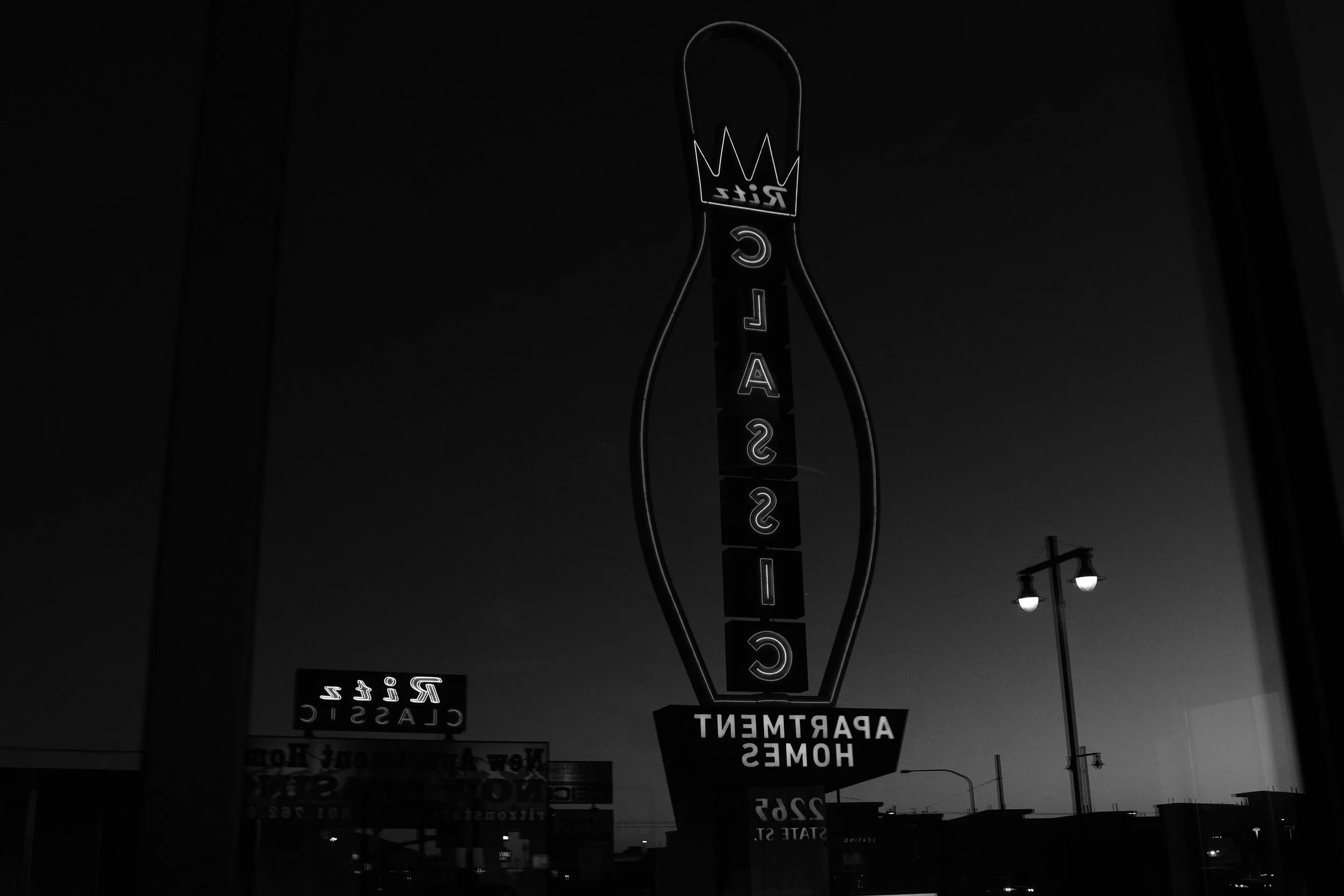
ABOUT NICHOLAS
Nicholas is a visual storyteller currently based in the midwest. He loves capturing moments that people can cherish for a lifetime. Specializing in documentary-style photography and filmmaking he is drawn to the simplicity of black and white photography,
He is passionate about working with businesses and non-profits to share their brand, tell their stories, and provide them with creative elements that will help accomplish their mission and purpose.
Driven by a deep curiosity about people, places, and cultures, he uses his camera to bring visibility to the voiceless, celebrate the beauty of local communities, and invite others to engage with something greater than themselves. Rooted in humility, he strives to create spaces where empathy, compassion, and generosity thrive, always aiming to offer a new perspective on the world and uplift others through his work.
He is also the founder and a contributor of the Twenty One Collective, a collaboration of creatives, artists, and entrepreneurs with a common purpose: to connect those with entrepreneurial spirits and generous hearts to worthy causes and projects.
Collection of Work

This Land Is
A visual meditation on loss, legacy, and resistance. Centered around an 86-year-old Lakota elder, This Land Is invites viewers into a quiet, powerful reflection on a life shaped by the land, the enduring spirit of the Lakota people, and the ongoing fight to protect their language, culture, and way of being. Through intimate images and stories, this project honors a personal journey that echoes the collective struggle for identity and sovereignty.
Drunk On Champaign
Tipsy tales and Intoxicating Stories
A documentary-style series capturing the soulful, spirited, and sometimes surprising stories that makes the local and vibrancy of Champaign, making a unique and special place to live in. Whether it’s a memory,
a moment, or a wild night that turned into something meaningful, your tale belongs in this tapestry.









